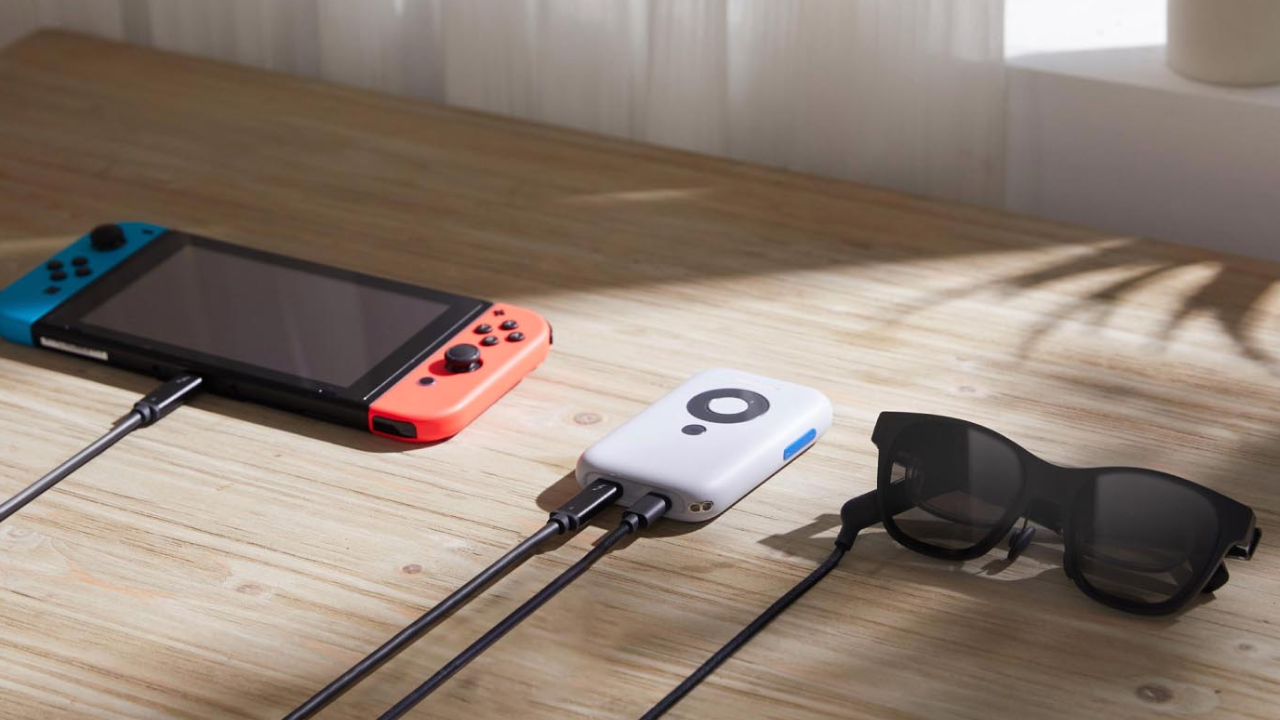One of the key features that sets these cutting-edge wearable tech products apart is their augmented reality (AR) glasses display technology. AR glasses combine virtual information with the user’s physical world in a seamless way by using advanced displays. Overlaying computer-generated images, text, or other digital content onto the user’s actual field of vision is the main goal of the display, ar glasses display uses a variety of display technologies, such as projection-based systems, holographic displays, and waveguide optics.
For example, waveguide optics send light from tiny projectors into the user’s eyes through tiny prisms or lenses, giving the impression that digital content is part of the environment. By using holographic technology to cast light patterns, holographic displays enable a more realistic and immersive augmentation of the real world.
AR Glasses Be Used In the Medical Field
Glasses for augmented reality (AR) have become a hot new technology that could change a lot of industries, including healthcare. These smart glasses have drawn a lot of interest recently because of their potential to enhance medical education, optimize medical procedures, and improve patient care.
Surgical Navigation and Visualization
During surgical procedures, AR glasses are widely used in the healthcare industry. During surgery, doctors can use augmented reality (AR) glasses to superimpose patient data, including vital signs, medical pictures, and real-time data, directly into their field of vision. This improves overall surgical results, lowers mistakes, and increases precision. Surgeons can see anatomical features in three dimensions with AR glasses, which simplifies complicated surgeries.
Medical Education and Training
By giving medical practitioners an immersive and dynamic learning environment, AR glasses are essential to medical education. Students can practice medical procedures, mimic surgeries, and have virtual patient visits with AR glasses. With the use of this technology, medical professionals can improve their education by honing their skills in a risk-free setting before using them in actual clinical settings.
Telemedicine and Remote Consultations
AR glasses enable remote consultations, bringing medical experts and patients closer together despite geographic distances. By using these glasses, doctors can see what patients perceive, which facilitates the provision of precise diagnosis and treatment suggestions. This technology saves numerous hospital trips and improves patient convenience in general. It is especially useful for follow-up appointments, managing chronic diseases, and post-surgical treatment.
Rehabilitation & Physical Therapy
AR glasses present novel approaches for directing patients through activities and tracking their advancement in these fields. To make sure that patients complete exercises correctly, therapists can design customized AR programs that clients can follow at home. AR glasses’ visual signals and real-time feedback encourage patients and help them recover more quickly.
Help for the Visually Impaired
By giving visually impaired people access to real-time information about their environment, augmented reality glasses have the potential to improve their quality of life. These glasses enable the blind or visually impaired to participate more fully in daily activities and navigate independently thanks to features like object identification, audio descriptions, and navigation aids. This software enhances the lives of people with visual impairments and encourages inclusivity.
Pharmaceutical R&D
AR glasses can help scientists and researchers in the pharmaceutical R&D field by enabling them to visualize molecular structures, perform virtual experiments, and analyze large amounts of data. Innovative medical treatments are developed faster thanks to this technology, which also simplifies research workflows and expedites drug discovery processes.
Enhanced Patient Engagement
Wearing AR glasses makes visiting the doctor more participatory and interesting. With AR overlays, patients can view their test results, treatment plans, and medical data in real-time during medical consultations. Better patient understanding and treatment plan adherence result from increased communication between healthcare providers and patients fostered by this transparency.
Conclusion
AR glasses have a wide range of innovative uses in the healthcare industry that are changing patient care, medical education, and pharmaceutical research. Anticipate more AR glasses to be incorporated into medical procedures as technology develops; this will eventually result in the provision of healthcare that is more accurate, patient-centered, and efficient.
